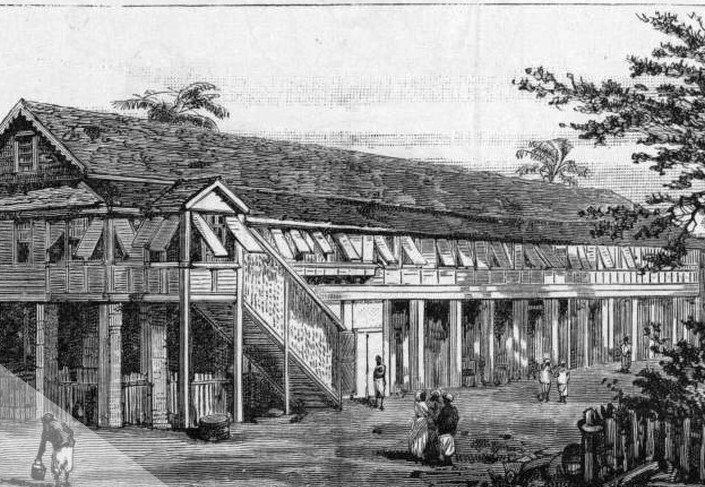By Kelly Roskam, Chiara Cooper, Philip Stallworth, and April M. Zeoli
For more than a decade after the Supreme Court held that the Second Amendment protected an individual right to possess a handgun i the home for self-defense in District of Columbia v. Heller, 1 courts relied on the well documented connection between domestic abusers and firearm violence to uphold the laws prohibiting persons subject to domestic violence protective orders (DVPOs) from purchasing or possessing firearms. Research finds that these laws are associated with reductions in intimate partner homicide, making them a valuable tool for protecting victimized partners.2 However, the constitutionality of those evidence-based laws is now in question due to the sea change in Second Amendment jurisprudence represented by New York State Rifle and Pistol Ass’n v. Bruen. 3 Bruen repudiated the use of tiers of scrutiny and requires that the government bear the burden of showing that a modern law is relevantly similar to historical firearms laws to be constitutional.4 The Supreme Court has granted certiorari in United States v. Rahimi5 to decide whether the 30-year-old federal law prohibiting the purchase and possession of firearms by persons subject to DVPOs, 18 U.S.C. § 922(g)(8), is consistent with the Second Amendment. Before Bruen, public health research played a straightforward role in Second Amendment analyses of § 922(g)(8). Lower courts had no trouble using such research in their tiers-of-scrutiny analyses to determine that reducing firearm-involved domestic violence was an important governmental interest and that there was a reasonable fit between § 922(g)(8) and that interest. After Bruen, public health and social science research plays a more nuanced role in Second Amendment analyses. Such research must be connected to an underlying historical argument that implicates either the original plain text of the Second Amendment or the relevance of an historical analogue. 6 In this Article, we illustrate how this connection can be made in the context of § 922(g)(8). We first introduce § 922(g)(8) and discuss how state analogs do or do not implement its proscription of firearm possession by those subject to DVPOs. We then lay out the relevant legal background, including Heller, post-Heller Second Amendment case-law concerning § 922(g)(8), and Bruen, before turning to the meat of our argument. We next discuss Rahimi and other post-Bruen cases addressing § 922(g)(8), arguing that the law satisfies Bruen’s requirement that statutes regulating firearm access must be sufficiently similar to historical firearm laws. We argue that firearm-involved domestic violence is an “unprecedented societal concern” that requires a more nuanced approach to analogy.7 A myopic search for founding-era bars on firearm possession by domestic abusers ignores both important differences in social norms surrounding women, marriage, and domestic violence and the significantly increased role of firearms in domestic violence today. Instead, § 922(g)(8) is more aptly analogized to historical laws evidencing the longstanding tradition of prohibiting “dangerous people from possessing guns,”8 such as so-called “going armed laws,” surety laws, and racist and discriminatory laws that prohibited firearm possession by enslaved persons, Native Americans, Catholics, and those who refused to swear loyalty oaths.
United States, 51 Fordham Urb. L.J. 2023, 39pg




